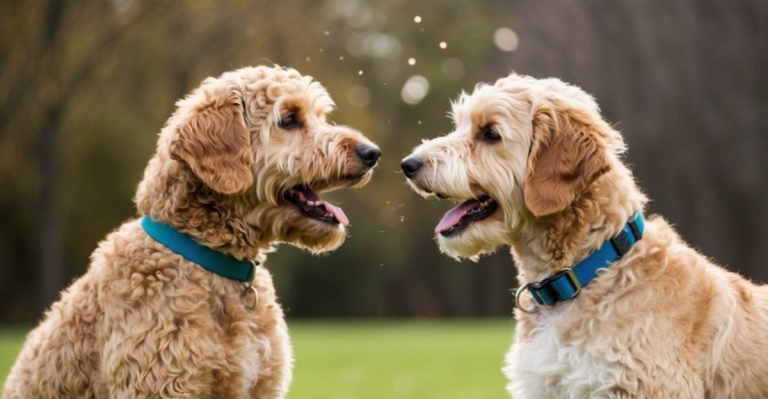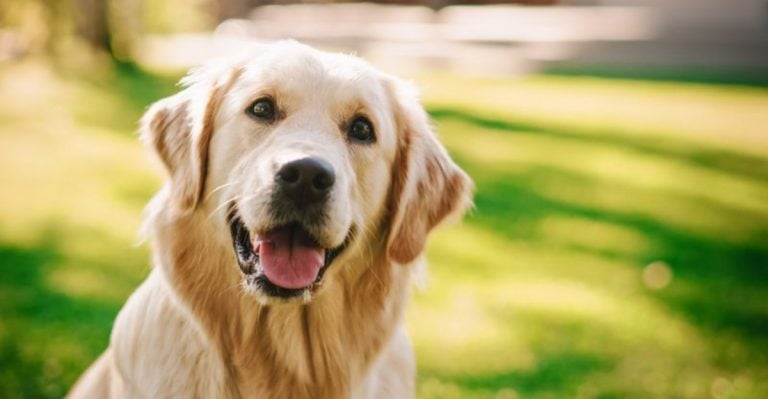15 Signs Your Dog May Be Struggling With Reactivity
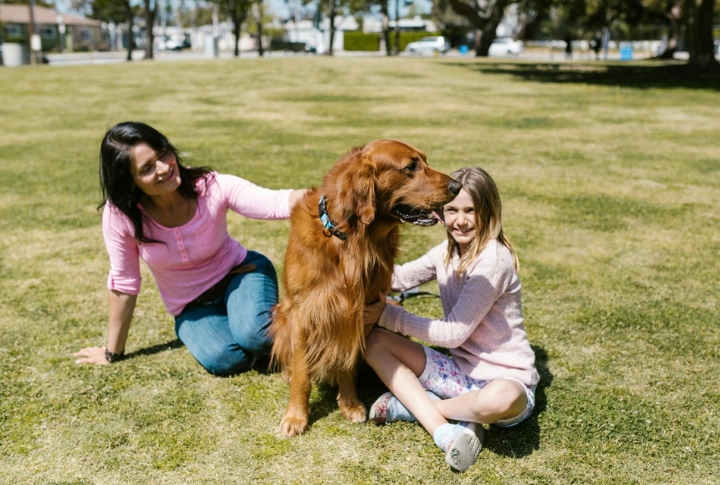
A reactive dog can turn an everyday walk into a challenge, but recognizing their triggers is the first step toward progress. Reactivity comes from feeling overwhelmed, not defiance. By using patience, consistency, and the right methods, you can help your dog stay calm. Let’s dive into the key signs of reactivity and strategies for managing it effectively.
Excessive Barking

Some dogs vocalize excessively when they see other animals, vehicles, or strangers. This isn’t always aggression—sometimes, it’s excitement, anxiety, or territorial behavior. Pair exposure with positive experience training to shift their response from reactive to relaxed.
Lunging At Triggers
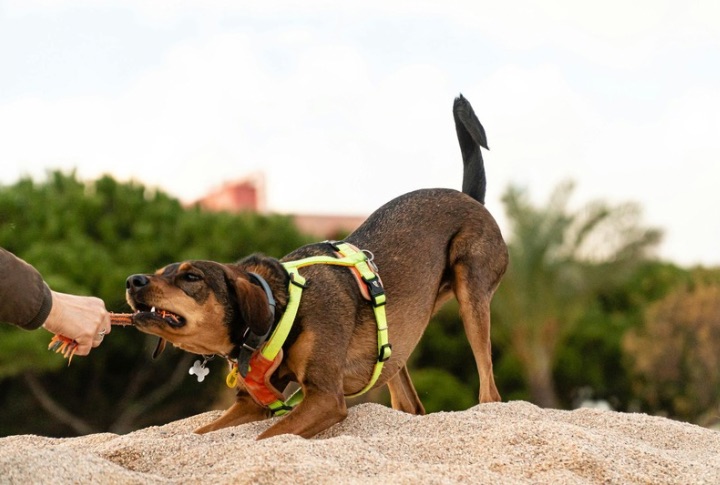
A quick tug on the leash when someone or another dog comes into view usually points to excitement or anxiety. You can teach better control by using threshold techniques—letting your dog stay just far enough to feel safe, then slowly building confidence around those triggers.
Growling Or Snarling
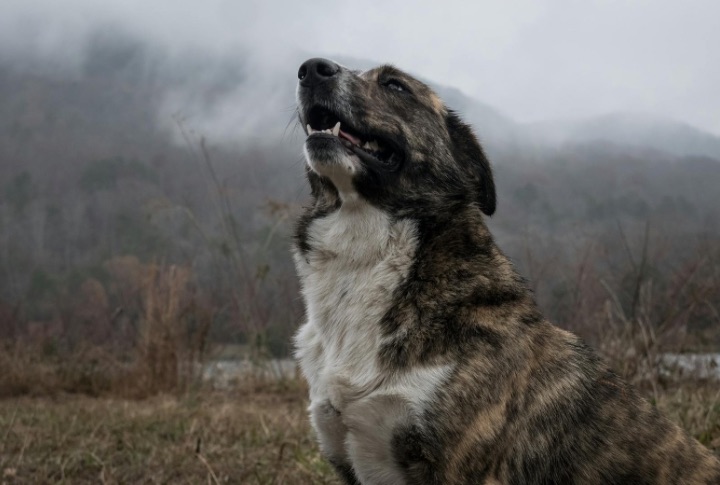
Dogs use growling to communicate unease, yet many owners mistakenly punish this natural warning sign. Instead, respecting their space and using redirection techniques, like an emergency U-turn during walks, prevents escalation and builds trust.
Raised Hackles

Piloerection happens when the fur on your dog’s back and neck stands up, usually due to heightened arousal, not always aggression. To help manage this instinctive reaction, gradually expose your dog to mild versions of their triggers.
Pinned Back Ears

Ears pinned back against the head usually indicate discomfort. Remove your dog from stressful situations promptly to prevent escalation. Responding and employing positive reinforcement will help your pet regain calm and build confidence.
Hiding Or Cowering
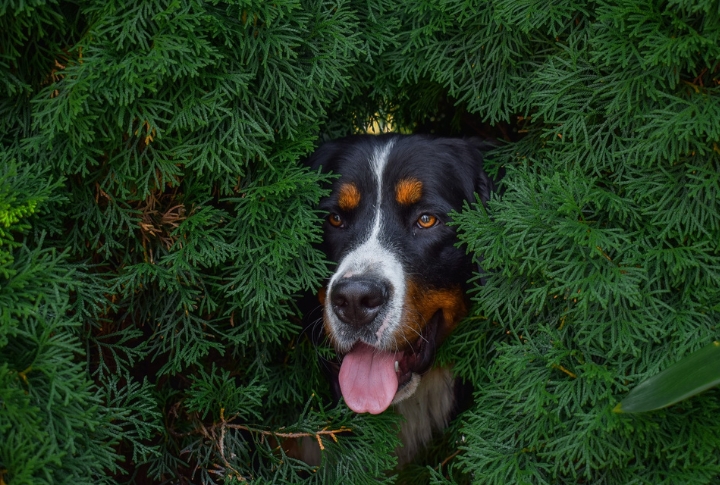
Furniture-hiding dogs aren’t being sneaky—they’re scared. This kind of retreat shows just how overwhelmed they are. Introducing steady exposure routines and offering peaceful hideaways can motivate them to face challenges gradually, reducing the need to escape when anxiety spikes.
Pacing
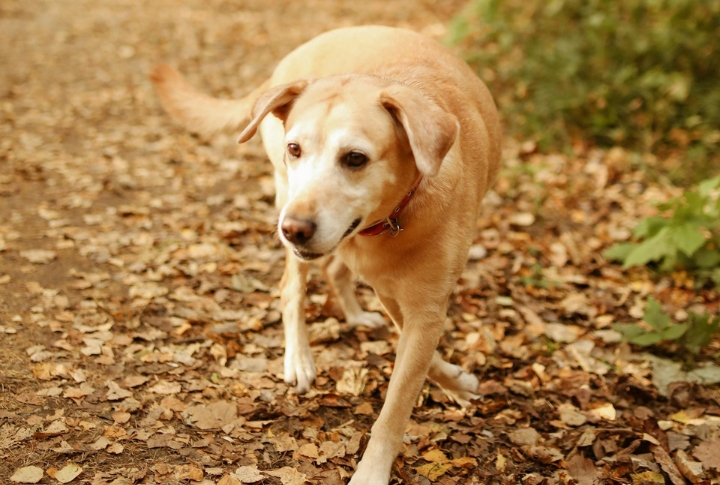
Fidgety or restless dogs may be carrying pent-up stress that needs release. Physical outlets combined with brain-boosting activities can work wonders. Giving your dog meaningful roles throughout the day helps them stay mentally sharp, emotionally steady, and far more at peace.
Trembling Or Shaking
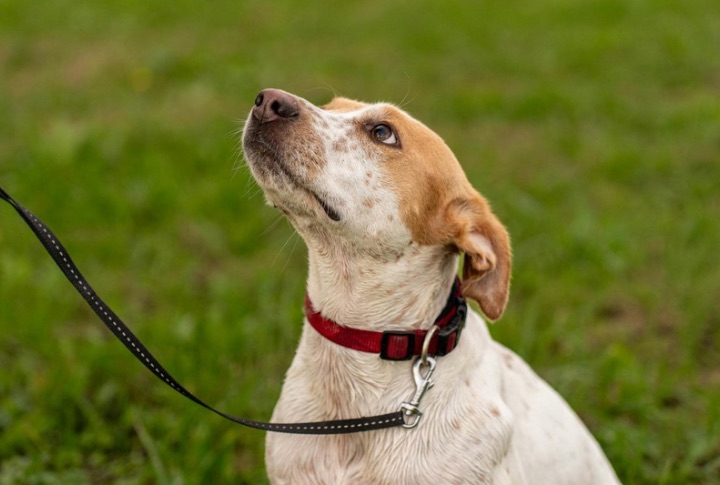
When dogs tremble, it may mean they’re feeling overwhelmed. Certain calming aromas like lavender can offer relief, but they don’t work for every pup. Essential oils must be used cautiously—diluted and never consumed. If the shaking remains or gets worse, professional guidance is the safest route.
Dilated Pupils

Enlarged pupils can be a natural response to various factors, including stress. If your dog seems tense, create a soothing environment with soft lighting and minimal noise. Some dogs find comfort in gentle petting or calm speech, while others prefer space—observe their body language to respond appropriately.
Destructive Behavior
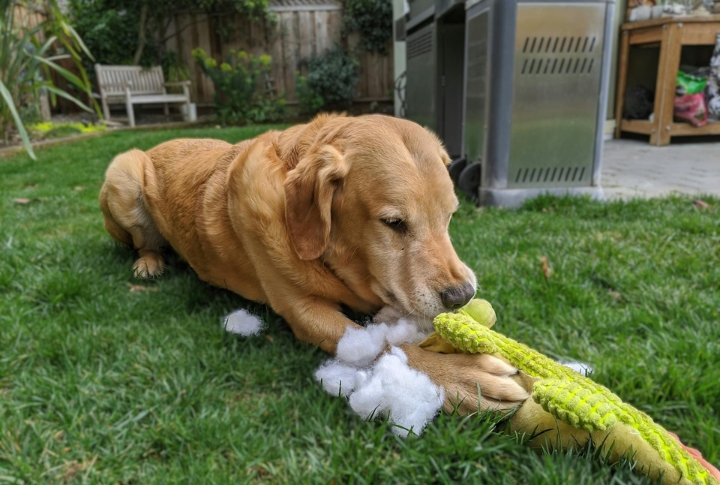
Dogs may chew household items after encountering triggers to release pent-up tension and process residual stress. Provide interactive toys and structured activities for healthier outlets while consistently training them to increase their ability to handle situations that once felt overwhelming.
Redirected Biting

Reactivity can sometimes lead to redirected biting, where a dog, overwhelmed by stimuli, lashes out at whatever is closest—even those they know and trust. A sign of emotional flooding, proper management prevents trigger stacking while impulse control exercises build emotional regulation skills during less stressful moments.
Body Stiffness
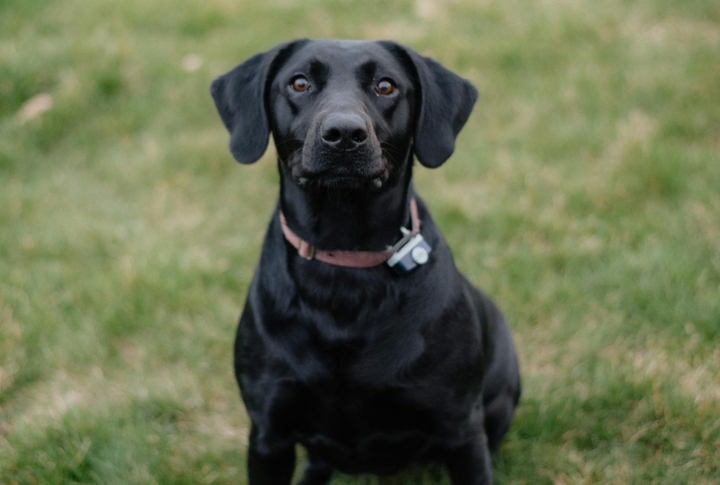
Your dog’s rigid body posture reflects its attempt to cope with overwhelming situations. If stress continues, the freeze response precedes fight-or-flight reactions. Body awareness exercises and relaxation protocols teach dogs to recognize and release tension, helping them maintain physical and emotional flexibility when facing triggers.
Difficulty Refocusing
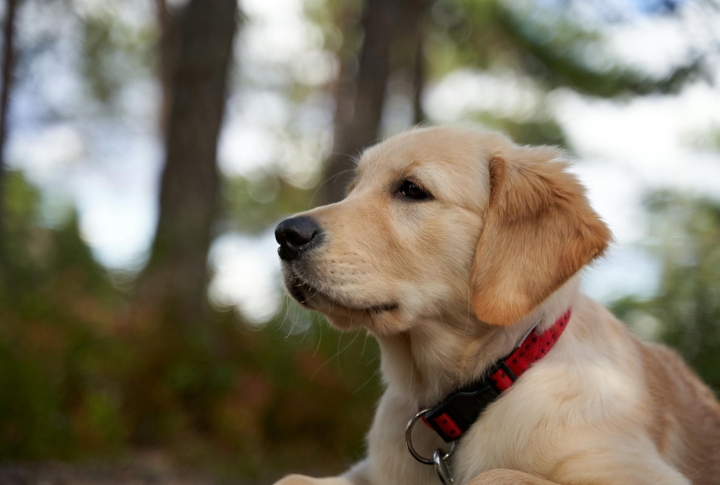
Can’t get your dog’s attention around certain stimuli? Reactivity hijacks their cognitive functions, making typical commands seemingly impossible to follow. High-value reinforcement training in gradually more challenging environments builds your dog’s ability to maintain focus despite distractions.
Excessive Drooling

Uncharacteristic drooling around specific triggers signals extreme stress rather than standard excitement. Gradual desensitization helps reduce sensitivity to triggers and allows controlled, positive exposures to reshape their reaction and create a calmer, more adaptive response over time.
Excessive Panting
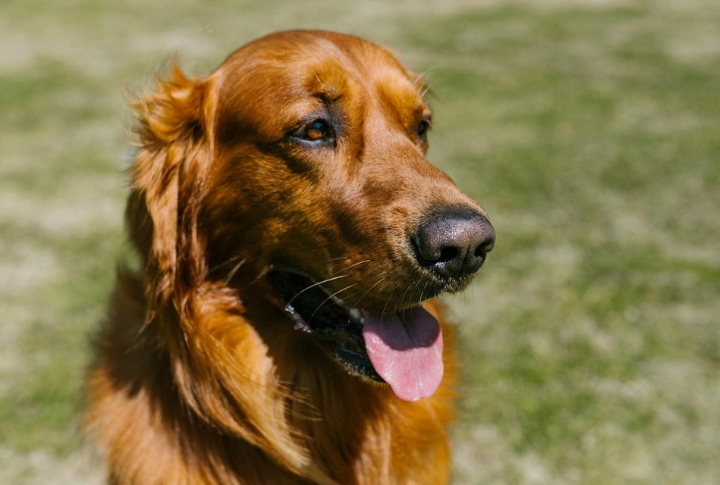
Dogs can start panting when they’re anxious, even if they haven’t been active or exposed to high temperatures. Calm play and consistent routines can assist in reducing stress. Still, continued panting might point to a deeper medical concern that warrants a vet’s attention.
Tucked Tail
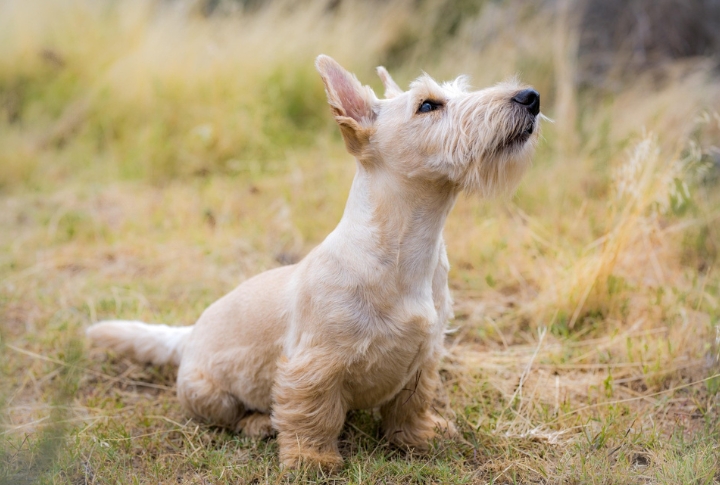
A tail pinned tightly against the belly often means fear or submission. To help your dog feel secure, start by creating a calm environment. Gradually expose them to stressors while using reward-based training to build confidence. Positive reinforcement helps them associate new experiences with safety rather than fear.



